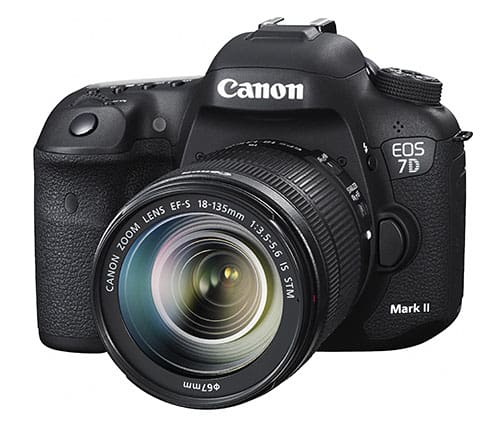Hey guys, I’ve just got back from the kayaking trip I posted a teaser photo about a few weeks ago. In time I will share more about that trip but if you are following me on Instagram then you’ll be pretty up-to-date already!
While I was away I got several questions from readers who were asking if I’ll be buying a 7D MKII when they arrive next month.
The short answer to this question is yes, but that doesn’t mean I’ll keep it!
I used to own to original 7D when it first came out and I used it professionally for a couple of months because I wanted something that was small, but still offered a decent continuous shooting speed. I didn’t keep the camera long though because the high ISO performance was simply not good enough for me and the 7D had a particular type of image noise that really just rubbed me up the wrong way. It sounds like a funny thing to say….. but honestly, cameras can have noise characteristics and I really disliked the noise that the 7D produced in grey tones. That’s a pretty big deal when you shoot a lot in the snow!
Of course that was 5 years ago and sensor technology has come a long way since then. I’ve also changed my photography a fair bit and I’m shooting a lot more wildlife these days, particularly with the gorgeous Canon 200-400 f/4 L IS. For most things, this focal length is fantastic and the built in extender means it’s really a 200-560mm lens. Occasionally though I would like a little extra reach. Whilst you can add another extender, it creates an f/8 lens and AF slows to a crawl. There remain two other options; buy a 600mm f/4 for $14,000 or buy a cropped sensor camera like the 7D MkII which will turn the lens into a 320-896mm. Much as I’d love a 600mm prime in my arsenal, it’s simply not practical as the 200-400 is so versatile and only recently set me back over $12,000 itself! It makes far more sense to use a 7D MKII for those times when I feel the extra reach would be useful and then at other times I’ll maintain the 7D MKII as my backup in my bag.
With the 5D MKIII I’m extremely comfortable shooting at ISO3200 and sometimes ISO4000. You can go much higher than this for web usage, but for me personally I don’t want to push higher if I’m shooting for magazines or fine art prints. I find that when shooting wildlife in the early hours of the morning, or the last light of the evening, I’m using ISO3200 a lot. This will be my biggest test point for the 7D MKII. How does ISO3200 compare to files from the 5D MKIII. If they come close (1/3 – 2/3 of a stop) then I’ll keep the camera and put it to use. A few people have posted samples on the net already and it does look like the 7D MKII is going to pass this test.
It’s only a matter of time before Canon finally release the replacement of the ageing 100-400 as well and that would be a killer lightweight wildlife setup with a crop body camera like the 7D MKII.
So there you go, that’s my reasoning on this camera!
It might be of interest to you that the deciding factor is NOT the speed of it, or the complex AF system. These things are a help in certain situations, but I do not find them to be the be all and end all for me. I know I’m capable of shooting great wildlife images with the slower 5D MKIII and I rarely find I miss a shot because of that. For me, the camera’s ISO performance in that 3200-6400 area is the key factor. Time will tell!
Where To Buy
Amazon
- Canon EOS 7D Mark II (body only)
- Canon EOS 7D Mark II (18-135 kit)
- Canon EOS 7D Mark II (15-85 kit)
B&H Photo
- Canon EOS 7D Mark II (body only)
- Canon EOS 7D Mark II (18-135 kit)
- Canon EOS 7D Mark II (15-85 kit)
Adorama
- Canon EOS 7D Mark II (body only)
- Canon EOS 7D Mark II (18-135 kit)
- Canon EOS 7D Mark II (15-85 kit)



